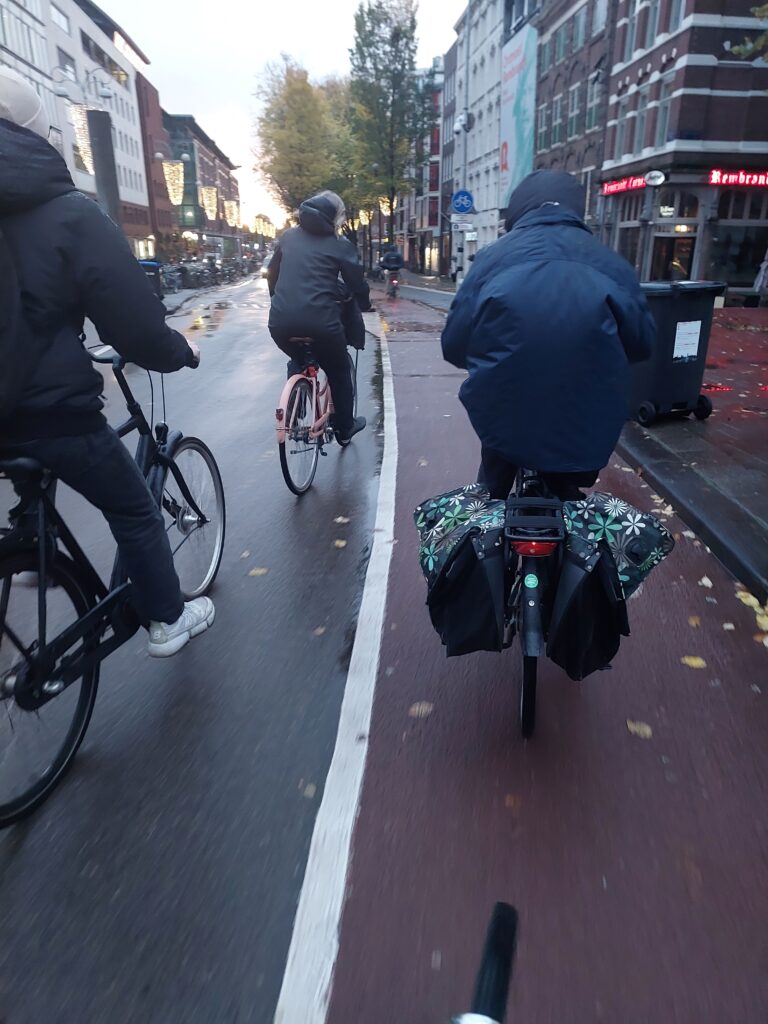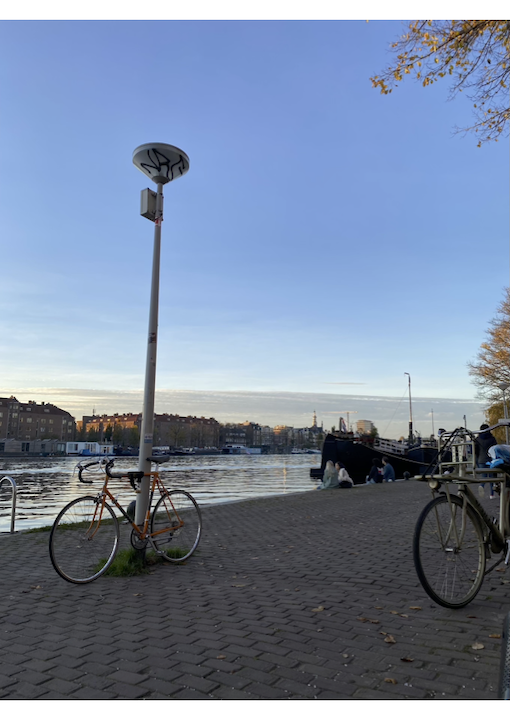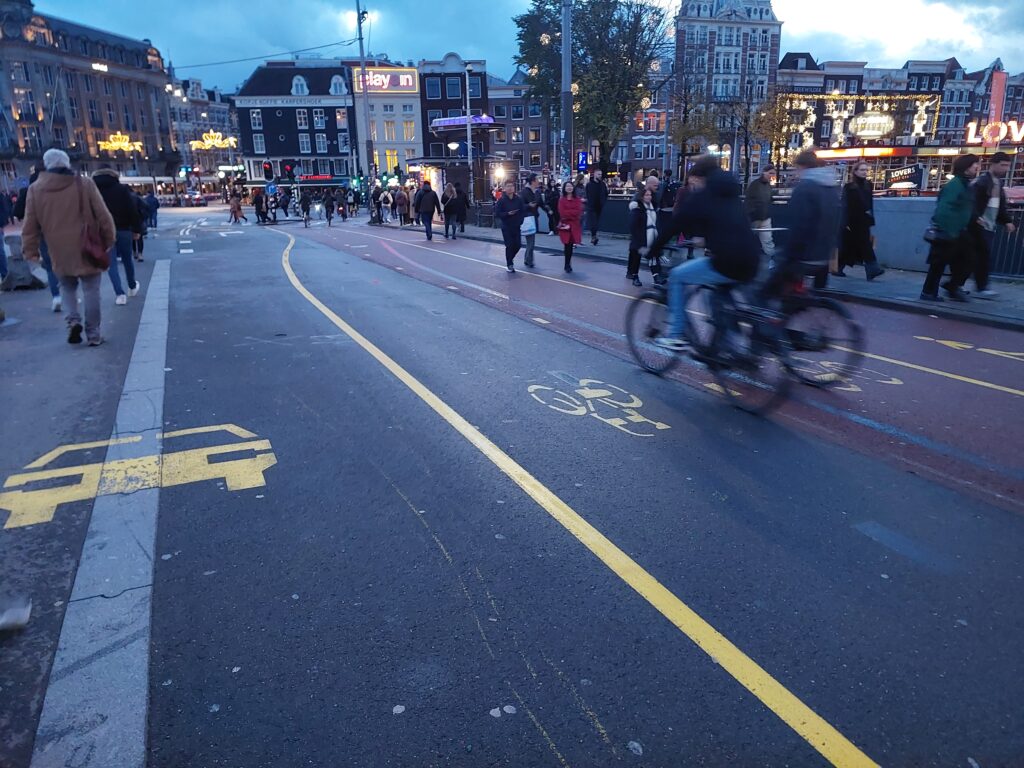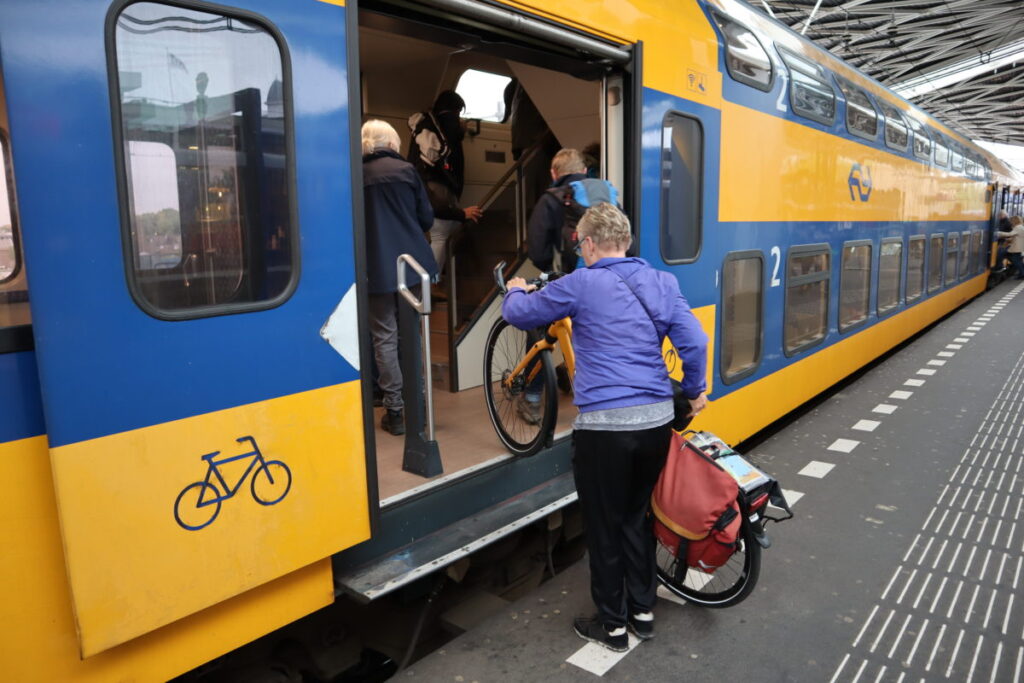Summarized by Jessica Rosenqvist
The overwhelming majority of cyclists are not reckless and are behaving rationally. Drivers break the rules of the road as much or more than cyclists do and there are higher societal costs and safety risks associated with lawbreaking drivers compared to lawbreaking cyclists. The research, Scofflaw bicycling: Illegal but rational ,by Marshall et. al. show that cyclists can be described as scofflaws, that is to say, people who ‘function safely and efficiently, even if it means they are doing so illegally, given the social norms of where they live and the transportation system put in front of them.’

Although pedestrians, drivers and bicyclists break the rules of the road by jaywalking, going over the speed limit or driving through a red light, cyclists are the ones who get more attention when breaking the law. The paper by Marshall et. al. examines the rule-breaking cyclist through statistical analysis and analyses what the factors are that determine such behaviour and whether cyclists are in fact behaving recklessly and dangerously.
According to Marshall et. al. there has not been a significant amount of studies on law-breaking cyclist behaviour. However, from the studies that have been published, the results showed a close to 40% rate of cyclists having illegally cycled through a red light from survey studies (studies in Australia and Brazil) and less than 10% rate of violating traffic signals through observational studies at intersections (study in Australia). These results suggest that cyclists running red lights and breaking the law are not as prevalent as drivers might believe. The research that has been conducted is based on binary assessment of road users.
Therefore, Marshall et. al. used two different approaches to fill the gap in the literature. They used a snowball sampling method, which is a methodology that is particularly effective at surveying populations that engage in illegal behaviour and/or are reluctant to complete traditional surveys. They then combined this framework with an online survey which contained nearly 100 questions and took 15-20 min to complete. Through the process of gaining attention in the popular press and through word-of-mouth and social media, the survey managed to gather responses from nearly 18,000 participants from 73 countries. The authors used multilevel statistical analyses to investigate the information gathered from the online survey.
When looking at the individual-level socio-demographic and socio-economic status (SES) variables, the results from the statistical models showed that higher levels of illegal bicycling behaviour was associated with younger cyclists and male cyclists. Higher levels of education was associated with higher levels of illegal behaviour, although if a respondent identified as being non-white, then there was a lower level of unlawful cycling behaviour with higher education. The results also showed that having children under 16 was associated with a decrease in illegal cycling behaviour. However, when multilevel models were used, the SES variables became less significant and instead became superseded by the measurable and unmeasured characteristics of a city.
In the discussion, Marshall et. al. explain how over 95% of cyclists, pedestrians and drivers have responded with answers that would be considered illegal road behaviour, however the reason for the rule-breaking differs between these three modes. Whilst many pedestrians and drivers broke rules to save time, bicyclists used rule-breaking as a means to increase personal safety and save energy. Furthermore, in the open response answers cyclists wrote that they would break the rules where they considered the situation would generate little harm to themselves or others with the motivation of increasing their own safety and because they felt like an afterthought in motor traffic.
Reference:
Marshall, W. E., Piatkowski, D., & Johnson, A. (2017). Scofflaw bicycling: Illegal but rational. Journal of Transport and Land Use, 10(1). https://doi.org/10.5198/jtlu.2017.871



